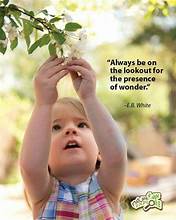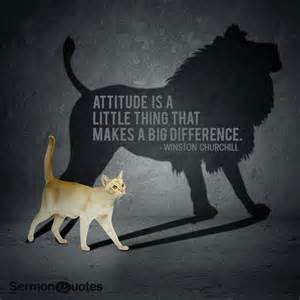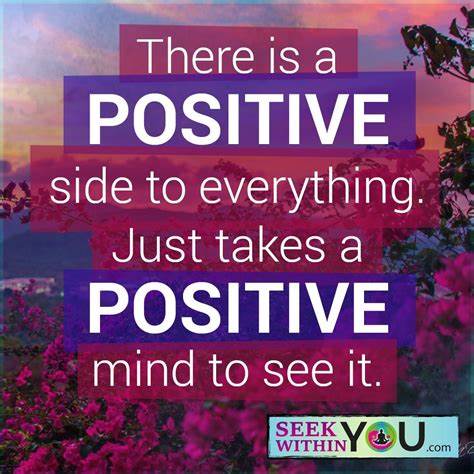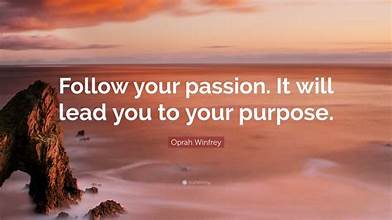I have the honor and privilege of serving as the coordinator for the DKG Pennsylvania State Organization’s annual convention. DKG is a professional honor society of key women educators in the United States, Canada, Europe, Latin America, and Japan whose mission is to promote professional and personal growth of women educators and excellence in education. In its 95 years of operation, DKG has seen much change both externally and internally. These changes extend to the state organizations and many changes were seen and felt at this year’s Pennsylvania state convention.
Throughout the event, as convention coordinator, I would ask participants how the convention was going for them. I was very pleased to hear all the complimentary responses and not at all surprised to hear concerns about anything that was changed; there definitely was a note of discontent by some members to the loss of what they consider “traditional ways of doing things.”
William Bridges, a noted leader in the field of managing change, would label the loss of the “traditional way of doing things” as CHANGE. Not having those things were events that happened to convention attendees; they were situational. And dealing with those changes was like hitting the proverbial brick wall for many. This brick wall seemed insurmountable to them and it blocked the road to their convention experience. All who hit the brick wall think, “How do we get over this?”
Well, we get over the brick wall, the change, by going through TRANSITION which is what we experience as we internalize and come to terms without those “traditions” as a part of convention. (Readers, substitute something that is happening or did happen to you that you would classify as the change and subsequent transition.) It is important to note that both change (the physical aspect) and transition (the psychological aspect) involve ending something. Most of us think/feel that change is hard (and no doubt it is), but oftentimes it is the transition that is even harder. I know for me it is and I think it is because the transition is the inner process through which we come to terms with the change. It is when we let go of how things used to be and reorient and adjust ourselves to how things are now.
This inner process is the road we take to moving on and getting over the “wall” but it takes time especially since it has three distinct stages:
- Endings
- Roaming the wilderness (or what William Bridges calls the “neutral zone”)
- Our vision (or what Bridges calls our “new beginning)
As William Bridges says, “I am not suggesting that this is a path that you wanted to take or that you will necessarily find it enjoyable. I am saying that it is a path with meaning for you, that following it will bring you out somewhere. What I am saying is that since change is a wall and transition the gate in that wall it’s there for you to go through it. Transition represents a path to the next phase of your life.” Since many of us may be in some stage of transition right now, I want to take some time to explore the three stages in the hopes that through the exploration, we all might find some ideas to help us better handle the transitions in our lives.
ENDINGS. The “endings” stage begins with a “triggering event” where we experience a loss of the old life. As a result of the loss, we may feel:
- Disengaged – where we are removed from life as we know it and are now separated from the familiar.
- Disenchanted – where we become disillusioned and let down by things that once brought us happiness
- Disoriented – where we feel lost, confused, empty, and without direction.
When we are in this “endings” stage, we need to ask and answer ‘what needs to be let go?’ As Bridges says, “To cross over the line into the transition, you need to ask yourself what inner relinquishments you’ll need to make because of the change. What needs will you have to find other ways to get met? Because of the change, what parts of yourself are now out of date?”
WILDERNESS or NEUTRAL ZONE. The wilderness is a place where the old and the new overlap. It is a place outside of our comfort zone. It is a place full of possibilities and we may become excited or overwhelmed by the possibilities we see. We may experience confusion.
Time in the wilderness gives us the opportunity to:
- explore why we are so resistant to the change
- look at the possibilities and opportunities
- explore options
- work through the confusion
- face our fears and work through them
- work through being uncomfortable with the new
- question ourselves, what happened, and next steps
VISION or NEW BEGINNING. The old or former merges with the ideas from the wilderness or the neutral zone and becomes transformed into a new identity, understanding, value, or attitude. After negotiating the neutral zone/wilderness, we do need direction so that we can be successful in our new beginning. Vision provides this direction. Vision is the image of what we want the future to look like. The vision provides purpose and meaning and in doing so, gives hope, enthusiasm, importance, and inspiration to what we want to accomplish or what we want to be.
William Bridges sums things up nicely when he says, “Without a transition, change is just a rearrangement of the furniture.” We must allow ourselves to travel the path of transition and experience the process. We must integrate the change into the fabric of our being and really examine how it affects our core. Only in doing this will we be able to move forward. Only then will we be doing more than just rearranging the furniture.































































































